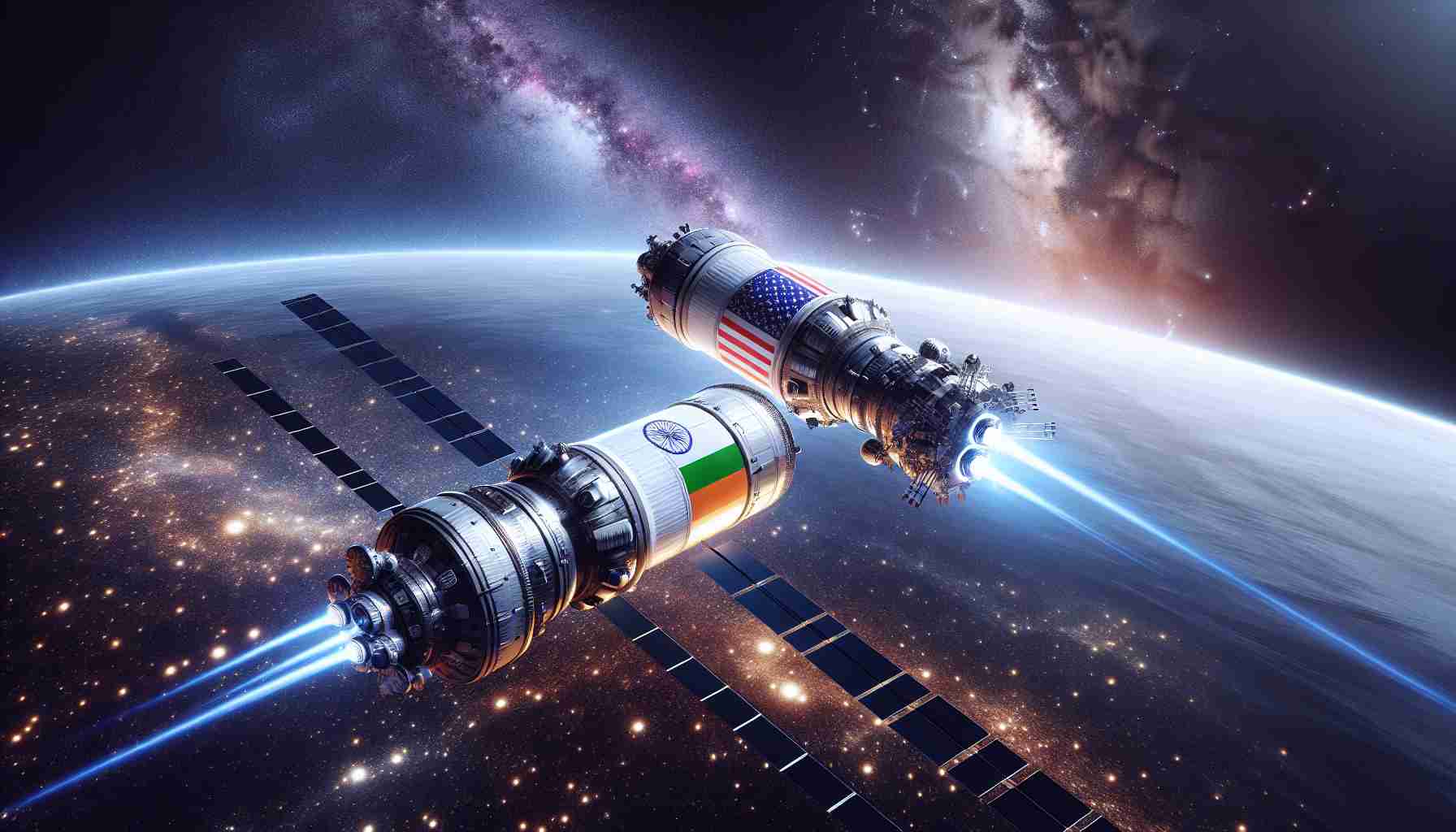Exciting Collaborations in Space Exploration
In a groundbreaking partnership, the United States and India are set to embark on thrilling endeavors in space exploration. Recently, key figures including Indian Ambassador Vinay Kwatra and U.S. Deputy Secretary of State Kurt Campbell visited the Johnson Space Center in Houston, marking a significant milestone in their collaborative efforts.
This partnership was officially affirmed when President Biden and Indian Prime Minister Modi unveiled plans for joint space missions earlier this year. India reinforced its commitment by joining the Artemis Accords, an international framework that guides space exploration for all humanity.
NASA and the Indian Space Research Organization (ISRO) are currently strategizing a series of significant projects, including a joint mission to the International Space Station (ISS) named Axiom-4, which may launch as early as 2025. Two ISRO astronauts will take part in training alongside their NASA counterparts in preparation for this mission.
Additionally, they are collaborating on the NASA-ISRO Synthetic Aperture Radar mission, set to launch from India in early 2025. This innovative mission focuses on deploying a satellite designed to monitor Earth’s surface movements and enhance disaster response.
The partnership further extends to fostering innovation among space startups in both nations, focusing on satellite technology and commercial space endeavors. As each country aims to strengthen its capabilities, their joint ambitions are set to propel them to new heights in space exploration.
India and the U.S.: A New Era in Space Exploration Collaborations
Overview of the India-U.S. Space Partnership
The United States and India are stepping into an exciting new phase of space exploration through a robust partnership that promises to reshape interstellar research and technological development. This collaboration portends not only a series of ambitious projects but also a commitment to international cooperation in expanding our understanding of the cosmos.
Key Collaborations and Future Missions
Joint Missions
One of the most anticipated projects is the Axiom-4 mission to the International Space Station (ISS), expected to launch as early as 2025. During this mission, two astronauts from the Indian Space Research Organization (ISRO) will undergo rigorous training alongside their NASA counterparts, emphasizing the practical aspects of inter-agency teamwork in space.
NASA-ISRO Synthetic Aperture Radar Mission
Scheduled to launch from India in early 2025, the NASA-ISRO Synthetic Aperture Radar (NISAR) mission is another pivotal collaboration focusing on Earth observation. This mission aims to enhance our ability to monitor Earth’s land and ice surface changes, significantly improving disaster response strategies and climate change research.
Contributions to Space Innovation
Beyond joint missions, this partnership is fostering an environment of innovation by supporting space startups in both countries. The goal is to enhance capabilities in satellite technology and commercial space initiatives. This aligns with global trends where private sector engagement is crucial for expanding the horizons of space exploration.
Benefits and Limitations of the Collaboration
Pros
– Shared Expertise: Leverages the strengths of both NASA and ISRO, enhancing scientific and technical knowledge.
– Economic Growth: Stimulates innovation and growth in the space sector, potentially leading to job creation and new industry standards.
– Global Leadership: Positions both nations as leaders in international space exploration efforts.
Cons
– Resource Allocation: Significant investments are required, which might divert resources from other pressing issues.
– Technological Dependency: Potential over-reliance on collaborative technologies could pose risks if conflicts arise.
Market Analysis
The collaboration is expected to contribute significantly to the global space economy, projected to reach over $1 trillion by 2040. Both nations stand to benefit economically from advancements in satellite deployment, space logistics, and Earth observation technologies.
Insights into the Future
With the resurgence of global interest in space, facilitated by private sector contributions and international partnerships, the U.S.-India collaboration sets a promising precedent. As both countries continue to explore extensive joint missions and technological innovations, we can anticipate a flourishing space industry that champions sustainability and security.
Conclusion
The partnership between the U.S. and India marks a transformative chapter in space exploration, rich with potential for innovation, economic development, and scientific discovery. As we look ahead to upcoming missions and projects, it becomes clear that collaborative efforts are paramount in the quest for knowledge beyond our planet.
For more information on international space collaborations, visit NASA’s official website and ISRO’s official site.









